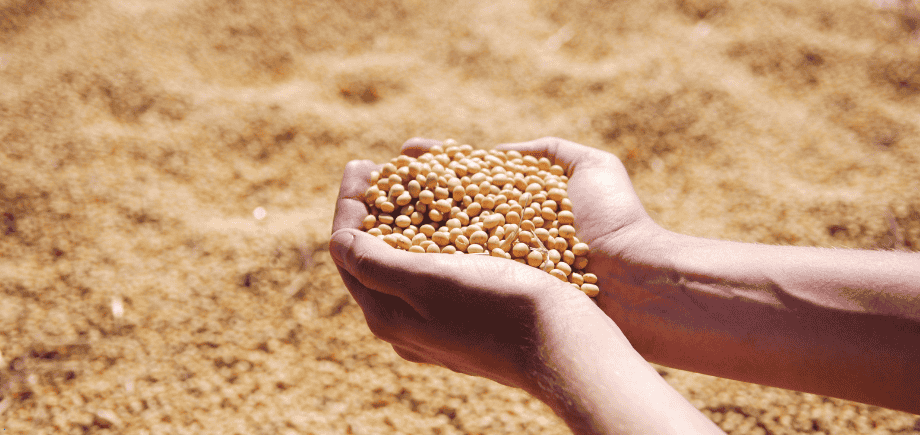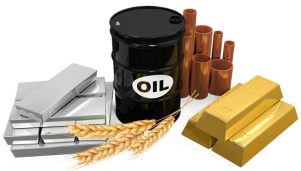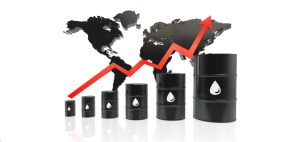Closing the commodity market session on April 16, soybean prices extended their weakness in the trading session, closing with a 0.55% adjustment to 380 USD/ton.
Selling pressure continued to dominate the world raw material commodity market in yesterday’s trading session (April 15). Notably, green continued to cover the metal market as the market expected the US to soon lower interest rates and positive consumption signals from key industries. Meanwhile, soybean prices were affected by profit-taking activities after consecutive increases in previous sessions.
Buying pressure continues to dominate the metal market
The metal market continued to maintain its upward momentum in the trading session on April 15 with overwhelming buying pressure thanks to expectations that the US will soon lower interest rates and positive consumption signals from key industries.
In the precious metals market, at the end of the session, silver price increased by 0.4% to 32.3 USD/ounce, while platinum price increased by 1.3% to 969.9 USD/ounce.

Global sales of electric and hybrid vehicles rose 29% year-on-year in March to 1.7 million units, according to Rho Motion. In particular, China saw a 36% increase, nearly reaching the 1 million mark, while sales in Europe rose 24% to 400,000 units, thanks to stricter emissions regulations. This strong growth is expected to boost demand for silver and platinum, as silver is used in electrical systems and sensors, while platinum plays an important role in the exhaust gas treatment of hybrid vehicles.
In the base metals group, COMEX copper edged up 0.01% to $10,198.57/t, while iron ore extended its recovery with a 0.59% increase to $98.71/t.
The ready-to-deliver copper inventory on the Shanghai Futures Exchange (SHFE) at the end of March was only 235,296 tonnes, down 12% from the end of February. This development partly reinforced concerns about tight supply, thereby supporting copper prices to continue to maintain green in yesterday’s trading session.
In addition, data from the International Stainless Steel Forum (ISSF) showed that global stainless steel output in 2024 increased by 7% compared to 2023, reflecting stable production demand and contributing to boosting the consumption of input materials such as iron ore, creating momentum for price recovery in the market.
Commodity Market 16/4: Soybean Prices Extend Weakness
According to MXV, in yesterday’s trading session, red continued to dominate the agricultural market. In particular, soybean prices extended their weakness in the trading session, closing with a 0.55% adjustment to 380 USD/ton. The decline mainly came from profit-taking activities after a series of continuous increases, especially in near-month contracts, while far-month contracts remained green.

Pressure on the market increased after the National Oilseed Crushers Association (NOPA) released its March crushing report with lower-than-expected results. Specifically, the soybean crushing volume reached about 5.3 million tons, nearly 81,650 tons lower than the average forecast. Although higher than February, this figure is still lower than the same period last year and recorded the lowest average oilseed crushing rate in the past 6 months, reducing expectations for short-term soybean consumption demand.
In addition, strong export prospects from Brazil continue to put pressure on prices. The Brazilian Grain Exporters Association (ANEC) forecasts soybean exports in April at 14.5 million tons, up from 13.3 million tons last week, thanks to accelerated harvest progress.
Tariff-related information is still appearing frequently but is not strong enough to have a strong impact on the market. The Trump administration has shifted to negotiating with its partners and promoting domestic investment, while China continues to maintain a confrontational stance and is the only country with the highest tariffs.
For soybean products, soybean oil prices were supported by significantly lower-than-expected NOPA inventories. Conversely, soybean meal prices weakened in line with soybeans, as the depreciation of the peso is expected to boost soybean meal exports from Argentina, adding further pressure to prices.











